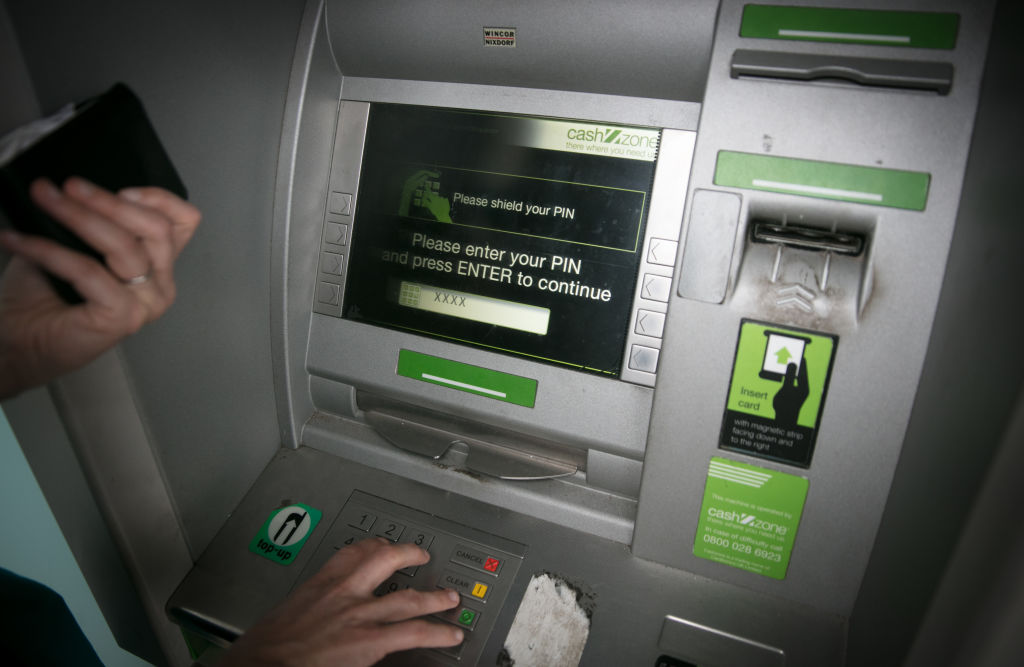
By: AswathyNair
The Supreme Court has held that ATMs in stores should not be assessed separately for business rates.
On May 20, the court unanimously dismissed an appeal filed by Valuation Office Agency (VOA) challenging a Court of Appeal ruling that ATMs located both inside and outside of stores should not be assessed for additional business rates.
“External ATMs are to be treated the same as internal ones. That an external ATMs is available to a wider marker at all times, and is physically separated from the other facilities in the stores, does not detract from the Upper Tribunal’s finding that the retailers remained in occupation of the ATMs, nor that they were any less a part of the retailers’ businesses,” the court said in its judgement.
“The difference is no greater than the difference between an internal or external ATM in a bank building. Thus, the external ATMs remained in the rateable occupation of the retailers.”
The judgment came in a lengthy legal battle led by ATM operator Cardtronics and supermarket chains Tesco, Sainsbury’s and the Co-op.
The Valuation Tribunal for England initially decided that the ATM sites were in separate rateable occupation, but the Upper Tribunal in January 2017 made a distinction between ATMs inside a building and outside.
The Upper Tribunal had said that the sites of ATMs located within premises should not be assessed for business rates, but ‘through the wall’ external-facing ATMs should, which was later overturned by the Court of Appeal in November 2018.
“Retaining the imposition of rates on ATMs would have had huge ramifications not only for the industry, but the provision of available cash to spend locally and where needed. More so than ever, in the current climate, the right decision has been upheld by the court,” commented Emily Wood, partner at law firm DMH Stallard, who represented Cardtronics in the litigation.
Cardtronics said the ruling will help retailers to recover the estimated £300 million in business rates paid on ATM sites since 2010.
“This decision will benefit small businesses and local high streets, and the vital role they will play in the UK economy once the current lockdown has been lifted,” commented Marc Terry, international managing director of Cardtronics.
“Cardtronics’ data shows that the vast majority of ATM users spend the money they withdraw in the store which hosts the machine. In today’s challenging business environment, this additional footfall will be a vital contributor to the survival of many of our local high street businesses.”
The Association of Convenience Stores (ACS) chief executive James Lowman said the judgment will have a huge impact on the sector and urged the government to set up a simple refund process.
“This is a landmark ruling from the Supreme Court which will have huge impact on our sector and will help maintain widespread access to cash,” he said.
“It had become increasingly difficult for retailers to host ATMs with the high cost of business rates and cuts to interchange fees. The government now needs to implement the Supreme Court ruling by setting up a simple refund process which ensures full compensation is paid to all retailers who have been subject to wrongful business rates bills for ATMs”.
Figures from the 2019 Local Shop Report by the ACS show that 46 percent of convenience stores have a free to use cash machine, with 18 percent having a pay to use machine.
